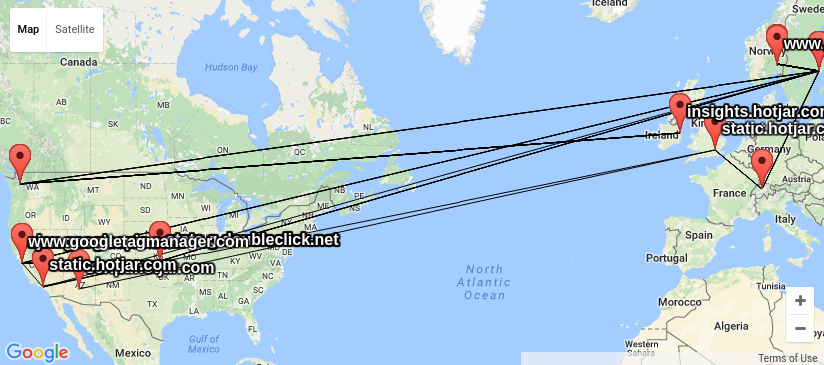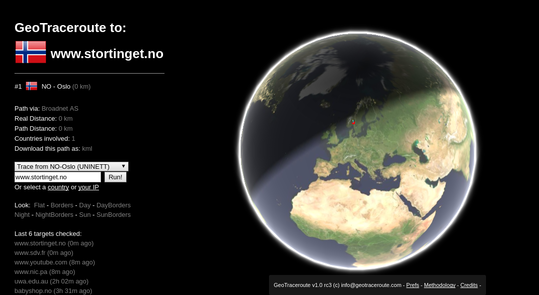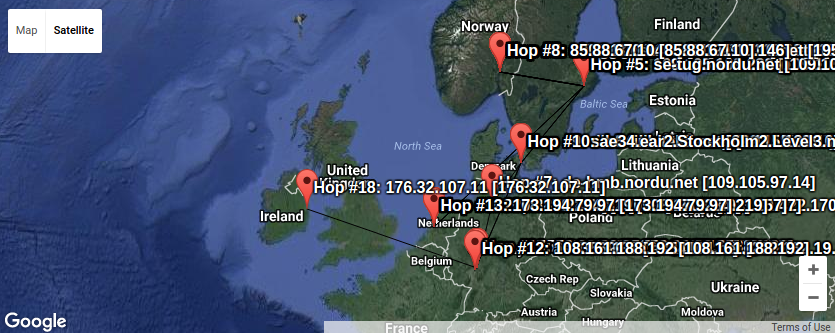The Isenkram
system I wrote two years ago to make it easier in Debian to find
and install packages to get your hardware dongles to work, is still
going strong. It is a system to look up the hardware present on or
connected to the current system, and map the hardware to Debian
packages. It can either be done using the tools in isenkram-cli or
using the user space daemon in the isenkram package. The latter will
notify you, when inserting new hardware, about what packages to
install to get the dongle working. It will even provide a button to
click on to ask packagekit to install the packages.
Here is an command line example from my Thinkpad laptop:
% isenkram-lookup
bluez
cheese
ethtool
fprintd
fprintd-demo
gkrellm-thinkbat
hdapsd
libpam-fprintd
pidgin-blinklight
thinkfan
tlp
tp-smapi-dkms
tp-smapi-source
tpb
%
It can also list the firware package providing firmware requested
by the load kernel modules, which in my case is an empty list because
I have all the firmware my machine need:
% /usr/sbin/isenkram-autoinstall-firmware -l
info: did not find any firmware files requested by loaded kernel modules. exiting
%
The last few days I had a look at several of the around 250
packages in Debian with udev rules. These seem like good candidates
to install when a given hardware dongle is inserted, and I found
several that should be proposed by isenkram. I have not had time to
check all of them, but am happy to report that now there are 97
packages packages mapped to hardware by Isenkram. 11 of these
packages provide hardware mapping using AppStream, while the rest are
listed in the modaliases file provided in isenkram.
These are the packages with hardware mappings at the moment. The
marked packages are also announcing their hardware
support using AppStream, for everyone to use:
air-quality-sensor, alsa-firmware-loaders, argyll,
array-info, avarice, avrdude, b43-fwcutter,
bit-babbler, bluez, bluez-firmware, brltty,
broadcom-sta-dkms, calibre, cgminer, cheese, colord,
colorhug-client, dahdi-firmware-nonfree, dahdi-linux,
dfu-util, dolphin-emu, ekeyd, ethtool, firmware-ipw2x00, fprintd,
fprintd-demo, galileo, gkrellm-thinkbat, gphoto2,
gpsbabel, gpsbabel-gui, gpsman, gpstrans, gqrx-sdr, gr-fcdproplus,
gr-osmosdr, gtkpod, hackrf, hdapsd, hdmi2usb-udev, hpijs-ppds, hplip,
ipw3945-source, ipw3945d, kde-config-tablet, kinect-audio-setup,
libnxt, libpam-fprintd, lomoco,
madwimax, minidisc-utils, mkgmap, msi-keyboard, mtkbabel,
nbc, nqc, nut-hal-drivers, ola,
open-vm-toolbox, open-vm-tools, openambit, pcgminer, pcmciautils,
pcscd, pidgin-blinklight, printer-driver-splix,
pymissile, python-nxt, qlandkartegt,
qlandkartegt-garmin, rosegarden, rt2x00-source, sispmctl,
soapysdr-module-hackrf, solaar, squeak-plugins-scratch, sunxi-tools,
t2n, thinkfan, thinkfinger-tools, tlp, tp-smapi-dkms,
tp-smapi-source, tpb, tucnak, uhd-host, usbmuxd, viking,
virtualbox-ose-guest-x11, w1retap, xawtv, xserver-xorg-input-vmmouse,
xserver-xorg-input-wacom, xserver-xorg-video-qxl,
xserver-xorg-video-vmware, yubikey-personalization and
zd1211-firmware
If you know of other packages, please let me know with a wishlist
bug report against the isenkram-cli package, and ask the package
maintainer to
add AppStream
metadata according to the guidelines to provide the information
for everyone. In time, I hope to get rid of the isenkram specific
hardware mapping and depend exclusively on AppStream.
Note, the AppStream metadata for broadcom-sta-dkms is matching too
much hardware, and suggest that the package with with any ethernet
card. See bug #838735 for
the details. I hope the maintainer find time to address it soon. In
the mean time I provide an override in isenkram.




